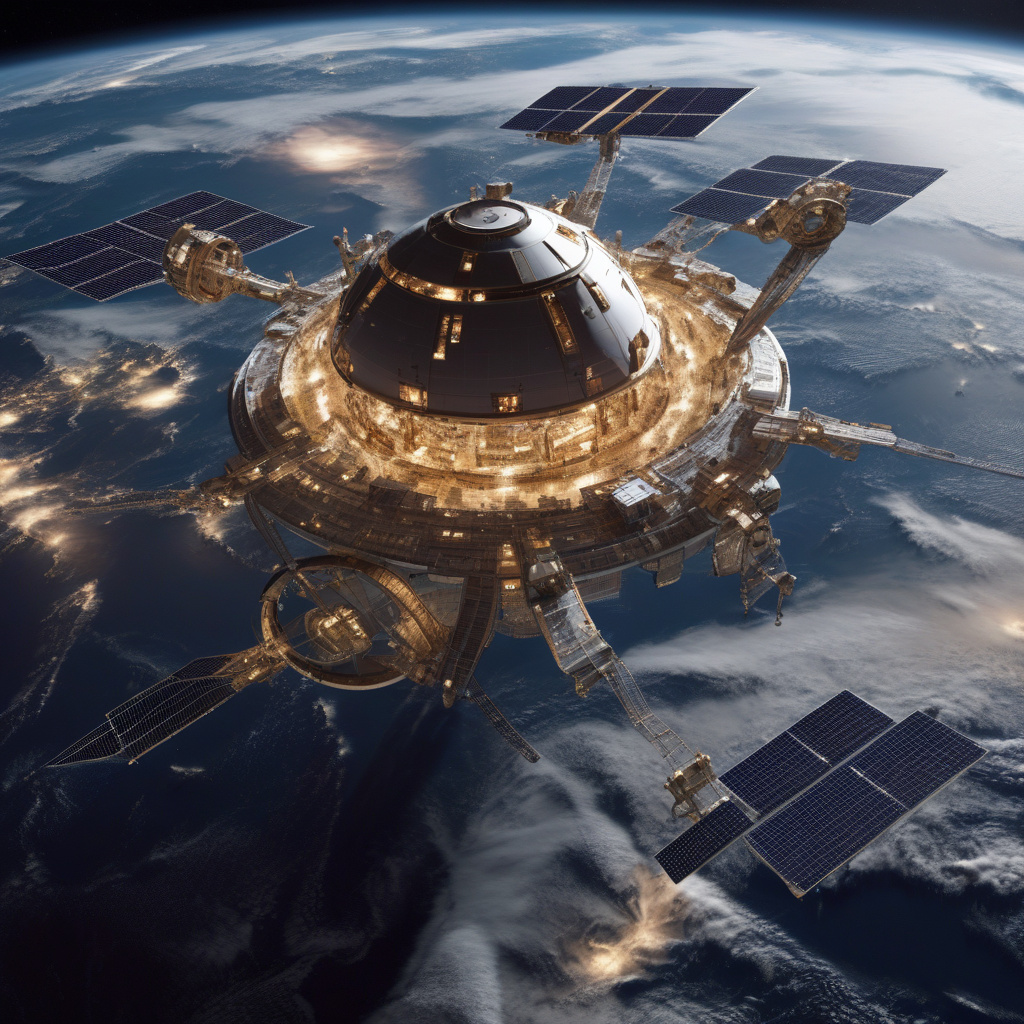Mobile Coverage from Space: Revolutionizing Connectivity for Remote Areas
Mobile users across the UK could soon stay connected in remote areas without signal, thanks to a new proposal from Ofcom to support satellite-to-smartphone services. This innovative approach to mobile coverage could potentially revolutionize connectivity for individuals living in rural or hard-to-reach locations, providing them with access to reliable communication networks regardless of their geographical constraints.
The idea of leveraging satellite technology to enhance mobile coverage is not entirely new, but recent advancements in satellite communication have made it a more feasible and practical solution. By utilizing satellites to transmit signals directly to smartphones, users in areas with limited traditional network coverage can now enjoy seamless connectivity for calls, messages, and internet access.
One of the key benefits of satellite-to-smartphone services is the ability to provide coverage in areas where building terrestrial network infrastructure is either challenging or cost-prohibitive. Remote rural areas, mountainous regions, and even maritime environments could benefit significantly from this technology, ensuring that residents and travelers alike can stay connected at all times.
Moreover, improved mobile coverage can have a profound impact on various industries, including agriculture, emergency services, transportation, and tourism. For example, farmers in remote areas can access real-time market information, emergency responders can coordinate more effectively during crises, and tourists can stay connected while exploring off-the-grid destinations.
In addition to enhancing connectivity in remote areas, satellite-to-smartphone services can also play a crucial role in bridging the digital divide. In many parts of the world, access to reliable mobile networks is still limited, preventing individuals and communities from fully participating in the digital economy. By expanding mobile coverage through satellite technology, more people can access online services, educational resources, and economic opportunities.
While the concept of mobile coverage from space holds immense potential, there are also challenges that need to be addressed. One of the primary concerns is the cost associated with satellite communication, which could potentially limit the scalability of such services. Additionally, ensuring seamless integration between satellite networks and existing terrestrial infrastructure will be essential to guarantee a smooth and uninterrupted user experience.
Despite these challenges, the prospect of mobile coverage from space represents a significant step forward in expanding connectivity and bridging the digital divide. As technology continues to advance, we can expect to see more innovative solutions that leverage satellite communication to enhance mobile services worldwide.
In conclusion, the proposal from Ofcom to support satellite-to-smartphone services marks a pivotal moment in the evolution of mobile coverage, offering new possibilities for connectivity in remote areas. By harnessing the power of satellite technology, we can create a more inclusive and connected world where access to reliable mobile networks knows no boundaries.
mobile coverage, space technology, connectivity, Ofcom, digital divide
